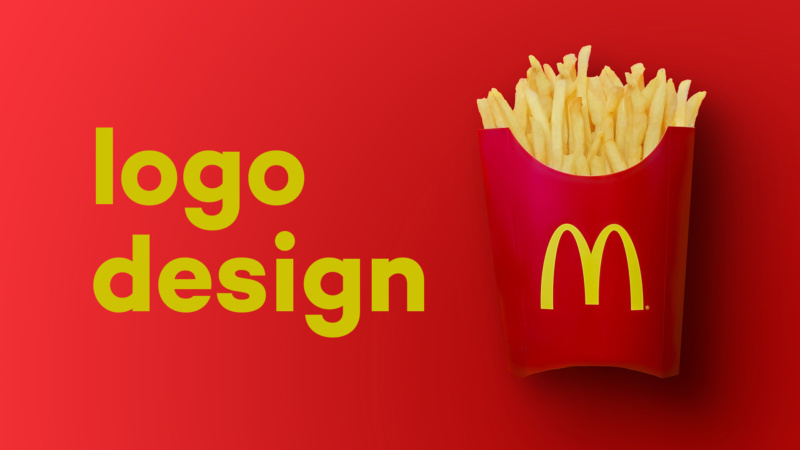How to Make Your YouTube Videos More Discoverable (Part 2)

Ready to find out more about how to make your videos more discoverable on YouTube?
In Part 1, you learned how to optimize each video using keywords and phrases, why you should categorize your videos, and the benefits of using custom thumbnails. In Part 2 of the guide, we’ll discuss:
- Subtitles and closed captions
- Video promotion and increasing views
- Formatting for high retention
- Cards and end screens
- And a bonus tip to consider
Let’s get to it!
Add subtitles and closed captions
Subtitles and closed captions are another way of optimizing your video for a targeted keyword. They also allow a user to view your video on mute without missing key information.
This is critical as silent-autoplay is the default on most social media apps (TikTok being the exception), and more than 80% of viewers on mobile devices watch videos with the sound off.
If you don’t include subtitles or closed captions, it’s more likely a user will keep scrolling while searching YouTube or when your video pops up in their social feed.
How does this relate to ranking? Keep reading for the next two steps on increasing viewership and formatting a high-retention video.
To learn how to add subtitles and closed captions for free, check out the short six-minute video below.
Promote your video and increase views
You may have noticed high ranking videos on YouTube have a lot of views. That’s because the algorithm is designed to favour popular videos.
In other words, if a lot of people watch your video, YouTube will rank it accordingly so more users can benefit from its content.
This is why closed captions are so important – they increase views by engaging those watching with the audio muted.
Of course, once you upload your video to YouTube, you can’t just rely on people finding it organically. Optimizing with keywords, custom thumbnails, closed captions, and categorization only gets you so far.
Promoting your video is a must.
- Link how-to and explainer videos to threads in forums like Quora or Reddit
- Embed videos into relevant blog posts and pages on your website
- Group related videos together and create playlists
- Link a video to your email signature
- Share your videos on social media
Another way to increase viewership is to optimize your YouTube channel.
This means adding keywords to the about section, creating a proper banner image and profile picture, and producing a trailer video so people know what to expect from your content.
For a deep dive on channel optimization, this Brafton blog post breaks down the top 14 ways to optimize your business YouTube channel.
Format for high retention
Another key ranking factor on YouTube is how long a video holds the viewer’s attention. YouTube admits the closer your video gets to 100% play-through, the better it ranks and the more likely it is to show up as a recommended video.
In addition to closed captions and subtitles, here are three more ways to retain user attention in your videos:
- Start your video with a summary of the content. Most dropoff occurs within the first ten seconds, so it’s crucial to quickly let the audience know what your video is about.
- Jump right into the content following your summary. The audience is time-pressed with several distractions competing for their attention; don’t make them wait for the payoff.
- Add open loops throughout your video. Tease content coming up later on in the video to create curiosity and build anticipation (keep reading for a bonus ranking tip at the end of this blog post).
Use cards and an end screen
Adding cards within your video – as well as an end screen – is another way to increase views, boost subscribers, and keep users engaged. And these elements all play into how well your videos rank on YouTube.
Cards are preformatted notifications that appear in the top-right corner of a video to help cross-promote another video on your channel. You’re able to add five cards per video, with each one allowing you to insert a custom message and teaser text.
Cards are useful when you address a topic but don’t go into detail about it in the video currently being viewed. If you have another video specific to that topic, cards give you an opportunity to let viewers know about it.
To learn how to add cards to your videos, vidIQ shows you how in this five-minute video.
An end screen allows you to give the audience a call to action (CTA) once they’ve finished watching your video. It’s where you promote other videos, a product or service, your social channels, or your website. It’s also a great place to remind viewers to subscribe to your YouTube channel.
The end screen shows within the last 5–20 seconds of your video, so it’s important to factor this into the filming and editing process.
As well, dedicating 20 seconds at the end of your video to an end screen gives savvy video editors an opportunity to add graphics – like arrows or call outs – that draw attention to your CTA.
Think Media offers an easy how-to tutorial for adding end screens in the video below:
BONUS TIP: longer videos outperform shorter videos on YouTube
The rise of short-form videos and the explosive growth of TikTok may tempt you to create shorter videos for YouTube.
Want to learn how to leverage TikTok for your business? Check out this blog post on how to use the app in your next marketing campaign.
But YouTubers around the world are seeing success with videos much longer than 15–60 seconds, especially when it comes to ranking on YouTube and Google.
A lot has to do with YouTube’s algorithm and view duration being a major ranking factor. Again, the longer a video is watched, the better it performs. And that means the lengthier a video is, the more retention it can achieve – which also gives YouTube more time to show ads. 🤫
So, is there a magic length to aim for?
That depends on the topic you’re presenting. Some high ranking videos are over an hour long – like many popular videos about how to make a WordPress site – while others clock in around the six-minute mark.
In the end, it boils down to this: always provide value to the audience, regardless of how long your video is.
Ready, set, optimize!
The popularity of video as a marketing tool is only growing, and it continues to be one of the most preferred forms of media for online consumers. But YouTube is a competitive landscape with over 800 million videos currently claimed by the platform.
Don’t let your video get lost in the mix – optimize each one to increase your ranking and get more users pressing play!
Want to grow your marketing arsenal beyond video? Read our latest post on what to consider when starting a podcast, another valuable medium for marketers.



